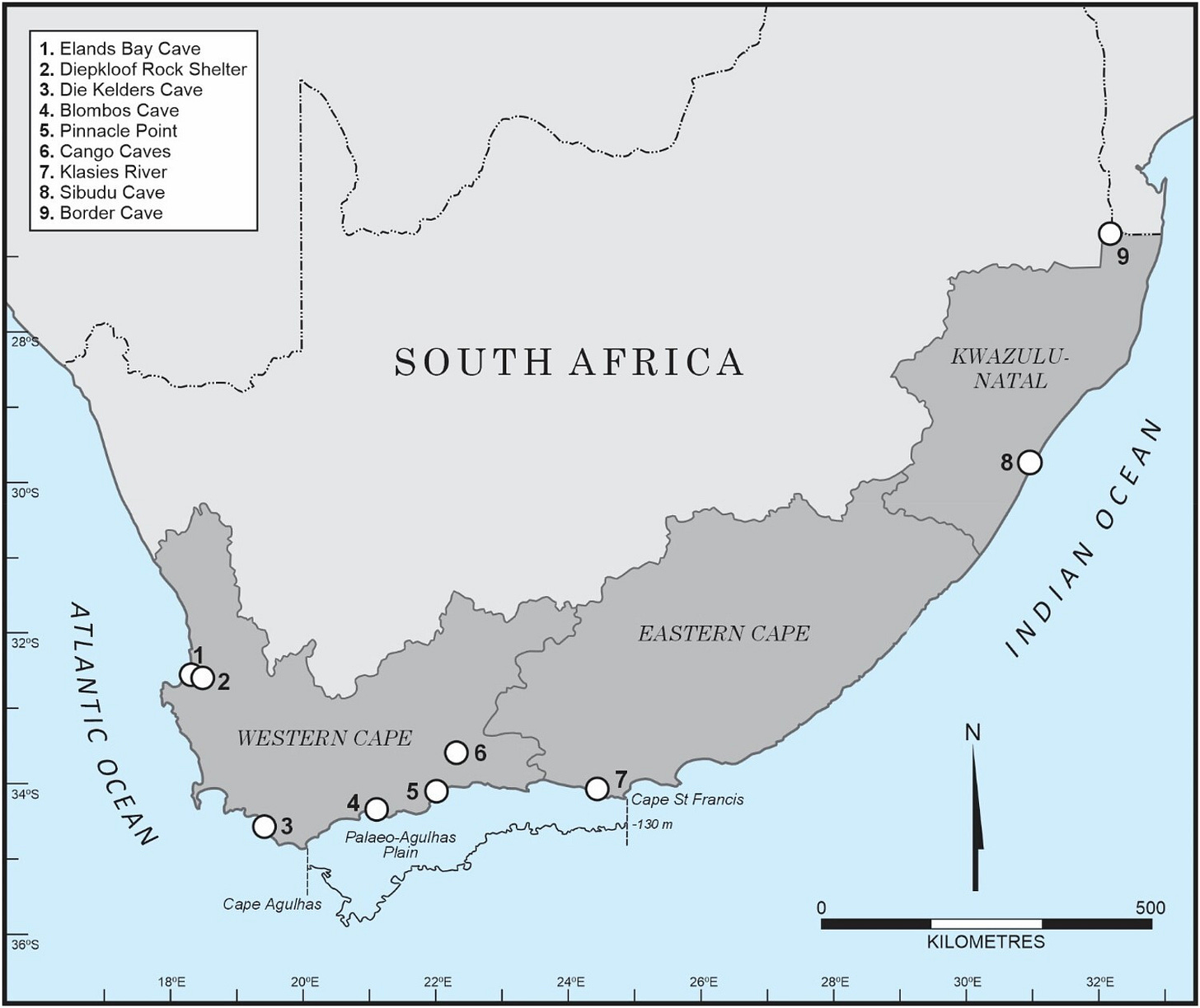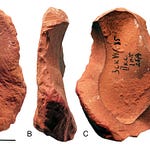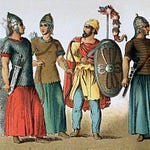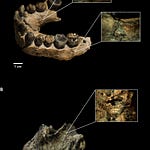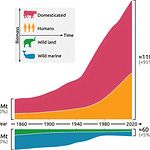For decades, the map of our species’ origins has tilted toward East Africa. The familiar story starts somewhere near the Rift Valley, follows river corridors north, then spirals outward into Eurasia and beyond. Yet a growing body of archaeological, paleoenvironmental, and cultural evidence suggests a different coastline may have shaped us first. The far southern tip of Africa, with its restless tides and generous rocky shores, may have been the stage1 where Homo sapiens first learned to think, plan, and cooperate in ways recognizably human.
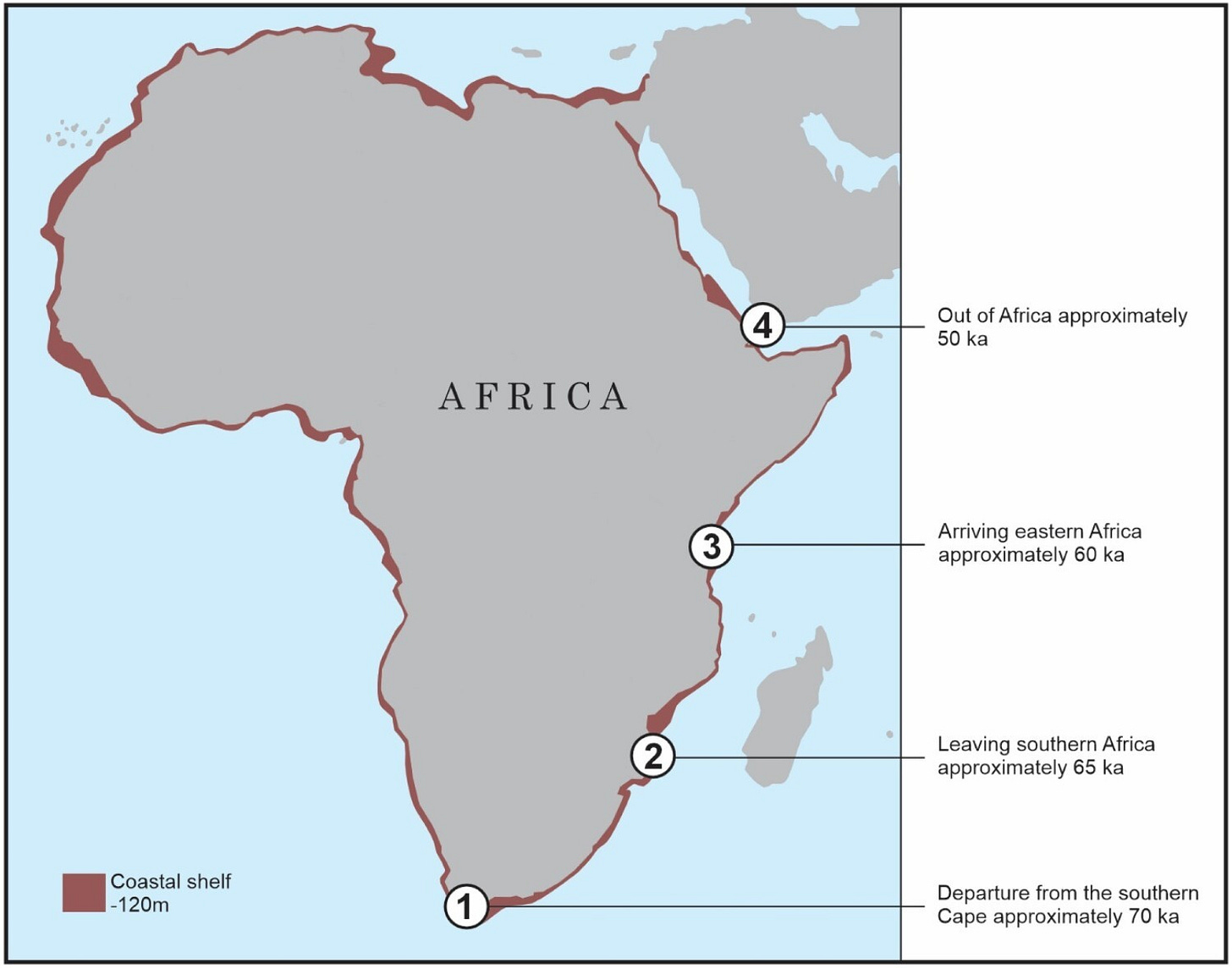
This is not a wholesale rewriting of human origins. It is a shift in emphasis. If East Africa remains a genetic and fossil powerhouse, the southern Cape coast offers a remarkably layered record of how our ancestors behaved. And behavior, more than bones, may reveal where the spark truly caught.
Listen to this episode with a 7-day free trial
Subscribe to Anthropology.net to listen to this post and get 7 days of free access to the full post archives.


